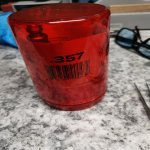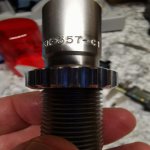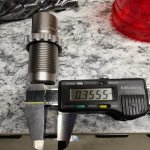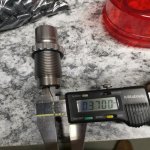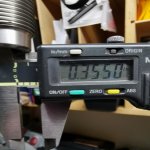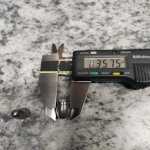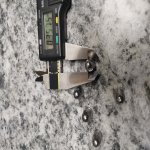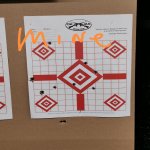This. Essentially what PC'ing does is create a bullet jacket similar to but not as hard as a copper jacket or plating. It protects the bullet from gas cutting and thereby decreases leading. My guess is that your .355 PC'd bullets will worked pretty well assuming your gun barrel is to spec at around .355.
Your questions about bullet weight were correctly answered by vagrantviking. Weights well always vary a bit depending on the alloy used and the PC does add a bit.
Now that you know the sizing die is the issue you have to deal with that. Your options are:
1. return it to Lee for a replacement (be prepared for a long wait)
2. see if where you bought it will take it back (don't hold your breath on this one as they will pobably refer you to Lee)
3. buy another one (seems more expensive but by the time you have paid for return shipping of the original it might be more cost effective)
4. if you are or happen to know a machinist the die could easily be reamed to .356 or .357. Personally I would go with .356. Some 9mms have short/tight chambers (think CZ) and .357 bullets may not reliably chamber in them. Before you go the .357 route (remember you can always increase the die diameter size but you can't reduce it) see if you can track down some actual .357 sized 9mm bullets to test load. If they work then fill your boots as regards your size diameter size. However, if they don't you still have a die you can use to size to .356.
If you don't know a machinist many people have increased size die diameters by judiciously polishing the die interior with fine emery cloth tightly wrapped around a shaft and chucked in a drill. Just go slow, use lots of lube (always a good strategy

) and check often to make sure you don't open the die up too much. Run test bullets through the die until you get up to the desired diameter. Remember you only have to remove 1 or 2 thou so don't go all Schwarzenegger on this process.















































